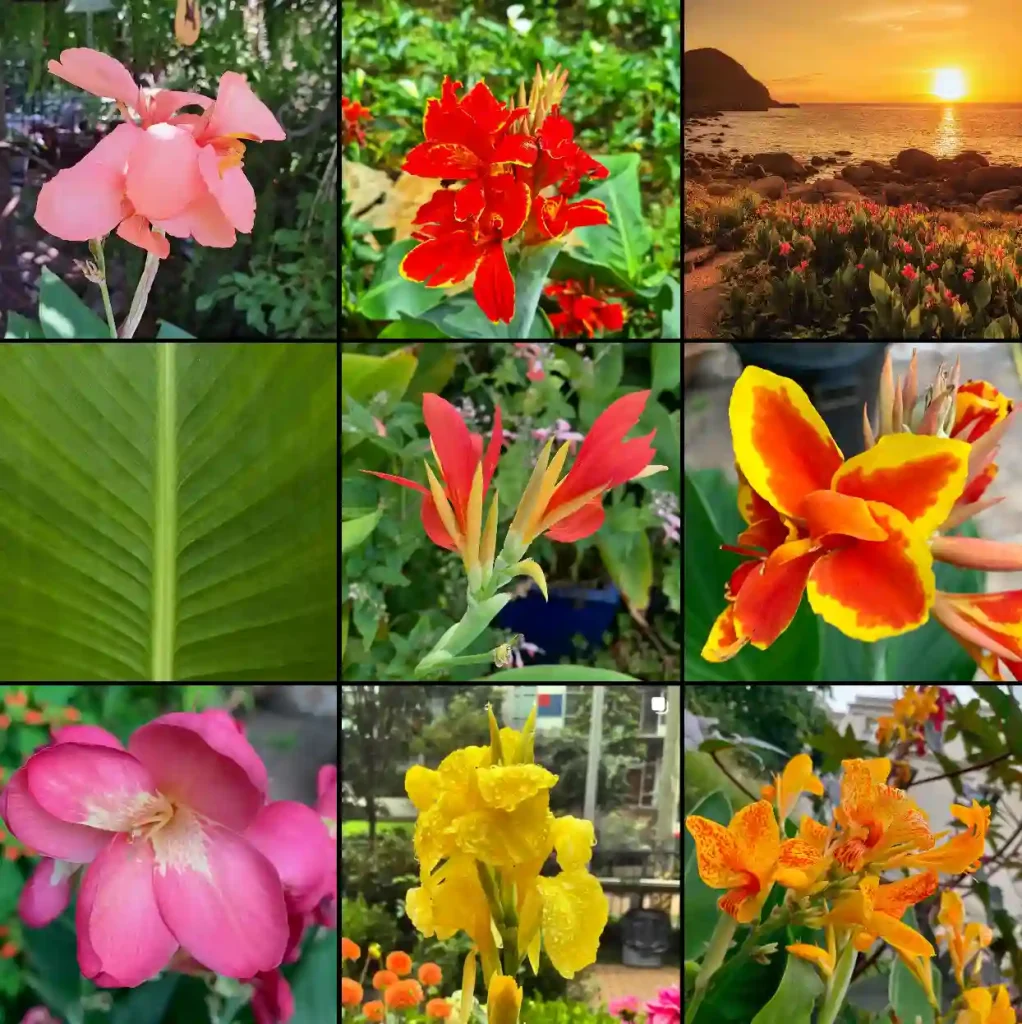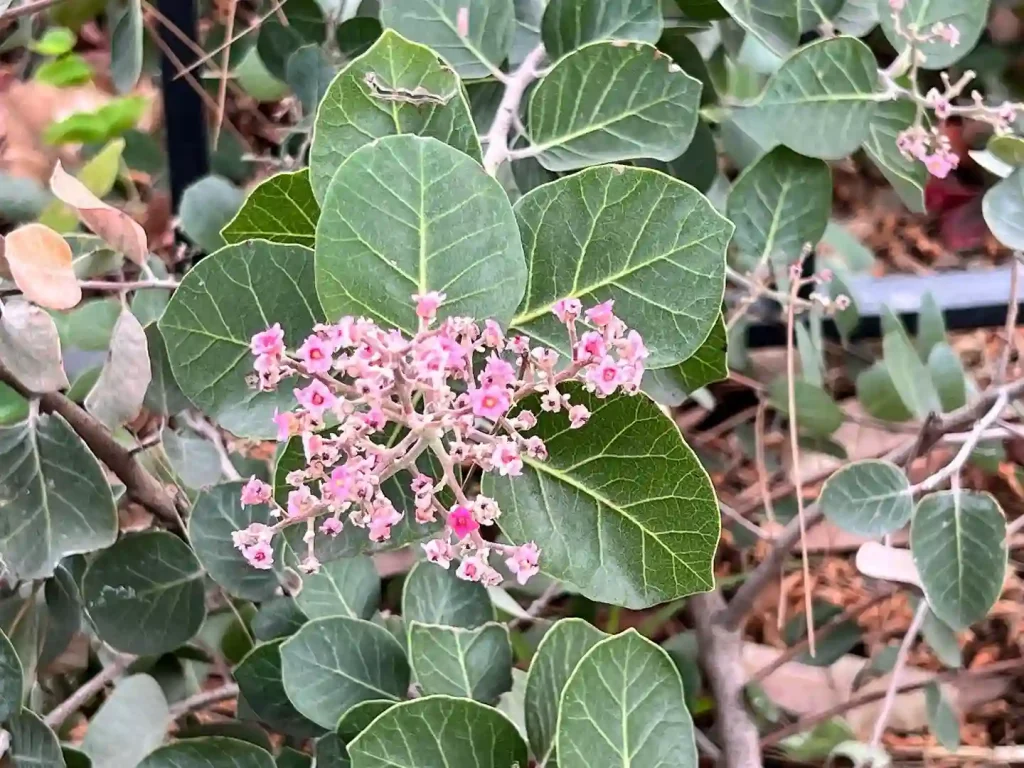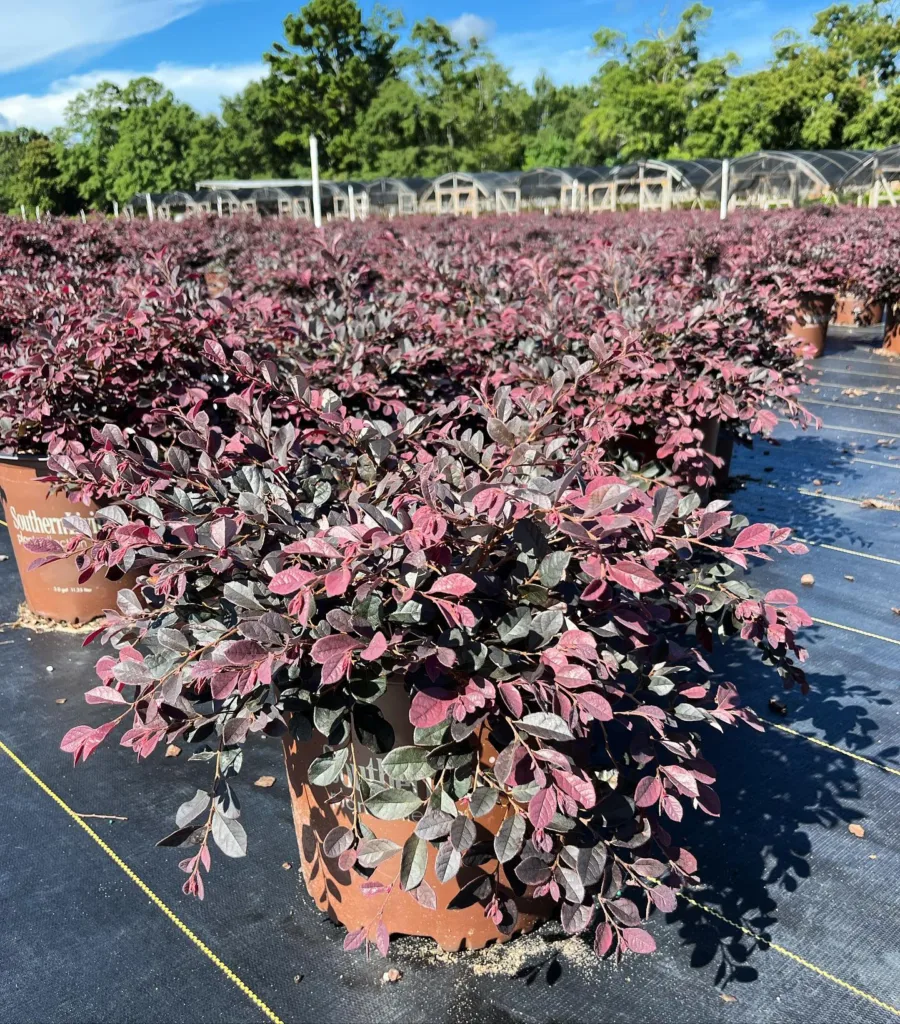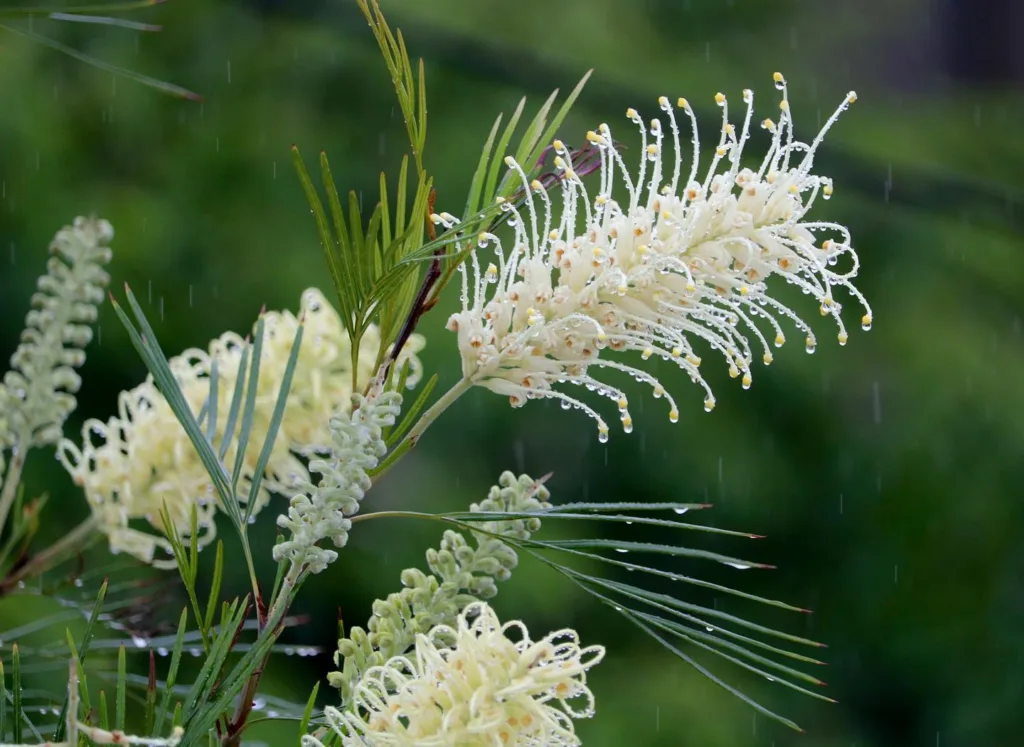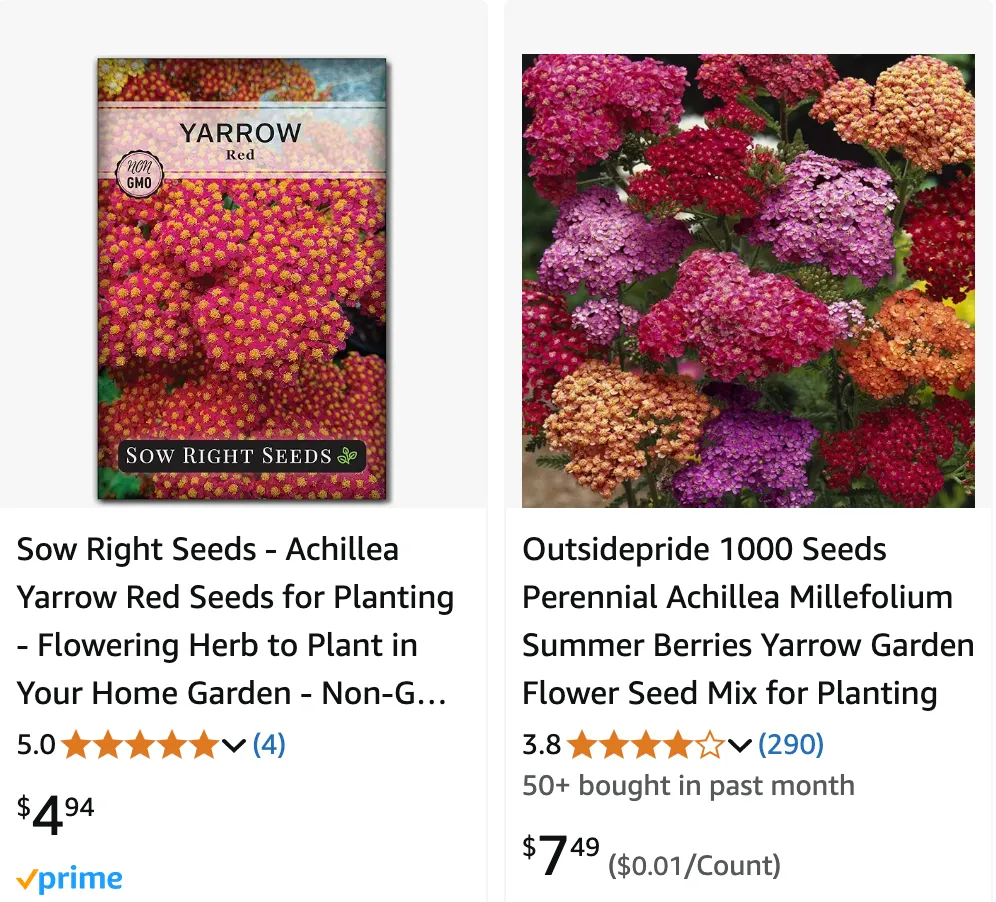
July 14 – Achillea
"Achillea, the yarrow, represents July 14."
Achillea symbolizes healing and bravery. You are a natural protector, offering comfort and strength to those in need. Like this resilient plant, your courage inspires those around you.
Achillea: A Plant Genus Close to My Heart
The plant world is a vast and fascinating one, full of diverse species with unique characteristics and uses. Among these, the genus Achillea holds a special place in my heart. Perhaps it’s the delicate beauty of the flowers, or maybe it’s the rich history and folklore associated with these plants. Whatever the reason, I find myself drawn to these hardy perennials.
Achillea, commonly known as yarrow, belongs to the Asteraceae family, which also includes sunflowers and daisies. The genus boasts around 186 species, with a native range spanning Europe, Asia, and North America. These plants are renowned for their feathery foliage and flat-topped clusters of tiny flowers that bloom in a variety of colors, including white, yellow, pink, and red.
A Deep Dive into Achillea
The genus name, Achillea, is derived from the Greek hero Achilles. Legend has it that Achilles used yarrow to treat his soldiers’ wounds during the Trojan War. This association with healing has cemented yarrow’s place in traditional medicine across various cultures.
Beyond its medicinal properties, Achillea has also been valued for its ornamental beauty. Its long blooming period and ability to attract pollinators like bees and butterflies make it a popular choice for gardens and landscapes.
FAQs
What not to plant with yarrow?
I’ve found that planting yarrow too close to overly competitive plants like mint can overwhelm the delicate yarrow.
How to make yarrow tea?
Making yarrow tea is simple; I just steep dried yarrow leaves in hot water for about 10 minutes for a soothing herbal drink.
Is yarrow poisonous?
From my experience, yarrow isn’t poisonous, but it’s always best to use it in moderation and know your body’s reactions.
How to deadhead yarrow?
Deadheading yarrow is easy; I simply snip off the spent flowers to encourage new blooms throughout the season.
How to dry yarrow?
Drying yarrow involves hanging the stems upside down in a dark, dry place until they’re fully dried and ready for storage.
What do yarrow seeds look like?
Yarrow seeds are tiny, almost like dust, and I often scatter them lightly over the soil for even distribution.
How to prune yarrow?
Pruning yarrow is straightforward; I cut back the stems after flowering to keep the plant tidy and encourage new growth.
Is yarrow toxic to dogs?
I always keep an eye on my dog around yarrow, as some sources suggest it might be toxic to them, although I’ve never had any issues.
What to plant with yarrow?
Can you smoke yarrow?
I’ve never tried smoking yarrow, but I’ve heard some people use it in herbal smoking blends.
Do rabbits eat yarrow?
In my garden, I’ve noticed that rabbits tend to avoid yarrow, which is great for keeping my plants safe.
How to propagate yarrow?
Propagating yarrow is a breeze; I divide the clumps in spring or fall and replant them to spread the beauty.
How to use yarrow to stop bleeding?
To stop bleeding, I crush fresh yarrow leaves and apply them directly to the wound for quick relief.
What does yarrow smell like?
When to plant yarrow seeds?
I prefer planting yarrow seeds in early spring when the soil is just starting to warm up.
Where to buy yarrow?
I usually buy my yarrow plants and seeds from local nurseries or trusted online retailers specializing in native plants.
Is yarrow toxic to cats?
Although I’ve read that yarrow might be toxic to cats, my cats tend to avoid it, so I haven’t had any problems.
What color is yarrow?
Yarrow comes in a variety of colors, from white to vibrant yellow, pink, and red, adding a splash of color to any garden.
When to cut back yarrow?
I cut back yarrow in late fall after it has finished blooming to prepare it for the winter months.
When to transplant yarrow?
Transplanting yarrow works best in early spring or late fall when the weather is cooler and the plants are less stressed.
How to harvest yarrow seeds?
Harvesting yarrow seeds is easy; I wait until the flower heads are dry and then gently shake the seeds out into a container.
How to make yarrow tincture?
Making yarrow tincture involves steeping the fresh or dried plant in alcohol for several weeks, which I’ve found to be an effective way to extract its medicinal properties.
Is yarrow a weed?
Some might consider yarrow a weed, but in my garden, it’s a valued and versatile herb.
What does yarrow taste like?
Yarrow has a slightly bitter taste with a hint of pepper, which I’ve grown to appreciate in teas and culinary uses.
Do bees like yarrow?
Bees absolutely love yarrow, and I always see them buzzing around the flowers in my garden.
Do yarrow seeds need stratification?
Yarrow seeds don’t need stratification, so I simply sow them directly into the soil without any special treatment.
Does yarrow attract butterflies?
Butterflies are frequent visitors to my yarrow plants, adding even more life and beauty to my garden.
How to make yarrow oil?
Making yarrow oil involves infusing the fresh flowers in a carrier oil, which I’ve found to be a useful addition to my herbal remedies.
Is yarrow native to Pennsylvania?
Although I’m not sure if yarrow is native to Pennsylvania, it grows well in my garden and fits seamlessly into the landscape.
Can yarrow be grown in pots?
Growing yarrow in pots has worked well for me, especially when I want to control its spread and keep it contained.
Do hummingbirds like yarrow?
I’ve noticed that hummingbirds don’t seem particularly attracted to yarrow, but the plant still draws plenty of other pollinators.
Achillea Species
The genus Achillea encompasses a diverse array of species, each with its own unique characteristics. Here are:
- Achillea abrotanoides (Vis.) Vis.
- Achillea × abscondita Wein
- Achillea absinthoides Halácsy
- Achillea acuminata (Ledeb.) Sch.Bip.
- Achillea adeniae Aytaç & Ekici
- Achillea aegyptiaca L.
- Achillea ageratifolia (Sm.) Benth. & Hook.f.
- Achillea ageratum L.
- Achillea × albinea Bjelčić & Maly
- Achillea aleppica DC.
- Achillea alexandri-regis Bornm. & Rudsky
- Achillea alimeana Semiz & Uysal
- Achillea alpina L. Plant FAQs: Alpine Yarrow – Achillea Alpina
- Achillea ambrosiaca (Boiss. & Heldr.) Boiss.
- Achillea apiculata N.I.Orlova
- Achillea arabica Kotschy
- Achillea armenorum Boiss. & Hausskn.
- Achillea asiatica Serg.
- Achillea aspleniifolia Vent.
- Achillea atrata L.
- Achillea aucheri Boiss.
- Achillea baldaccii Degen
- Achillea baltae H.Duman & Aytaç
- Achillea barbeyana Heldr. & Heimerl
- Achillea barrelieri (Ten.) Sch.Bip.
- Achillea biserrata M.Bieb.
- Achillea boissieri Hausskn. ex Boiss.
- Achillea × borzae Prodan
- Achillea brachyphylla Boiss. & Hausskn.
- Achillea × bronchalensis Mateo, Fabado & C.Torres
- Achillea bucharica C.Winkl.
- Achillea × buiana Prodan & Nyár.
- Achillea callichroa Boiss.
- Achillea cappadocica Hausskn. & Bornm.
- Achillea carpatica Błocki ex Dubovik
- Achillea ceretanica (Sennen) I.Soriano
- Achillea chamaemelifolia Pourr.
- Achillea chrysocoma Friv.
- Achillea × claudio-politana Soó
- Achillea clavennae L.
- Achillea clusiana Tausch
- Achillea clypeolata Sm.
- Achillea coarctata Poir.
- Achillea conferta DC.
- Achillea × conrathii Fritsch
- Achillea × correvoniana Vacc.
- Achillea × coziana Nyár.
- Achillea cretica L.
- Achillea crithmifolia Waldst. & Kit.
- Achillea cucullata Bornm.
- Achillea cuneatiloba Boiss. & Buhse
- Achillea cunoraea F.K.Mey.
- Achillea distans Waldst. & Kit. ex Willd.
- Achillea × dragomanii Prodan
- Achillea × dumasiana Vatke
- Achillea erba-rotta All.
- Achillea eriophora DC.
- Achillea euxina Klokov
- Achillea falcata L.
- Achillea × feliciana Brügger
- Achillea filipendulina Lam. Plant FAQs: Achillea Filipendulina – Fernleaf Yarrow
- Achillea formosa (Boiss.) Sch.Bip.
- Achillea fraasii Sch.Bip.
- Achillea fragrantissima (Forssk.) Sch.Bip.
- Achillea getica Grecescu
- Achillea glaberrima Klokov
- Achillea goniocephala Boiss. & Balansa
- Achillea grandifolia Friv.
- Achillea griseovirens Albov
- Achillea gypsicola Hub.-Mor.
- Achillea hamzaoglui Arabacı & Budak
- Achillea × hausmanniana Suend.
- Achillea holosericea Sm.
- Achillea × huber-morathii Rech.f.
- Achillea × illiczevskyi Tzvelev
- Achillea impatiens L.
- Achillea × incognita Danihelka
- Achillea × intermedia Schult.
- Achillea inundata Kondr.
- Achillea × jaborneggii Halácsy
- Achillea × jauchiana Guyot
- Achillea × javorkae Prodan
- Achillea jenisseensis Stepanov
- Achillea × joannis Prodan
- Achillea kamelinii Kupr.
- Achillea karatavica Kamelin
- Achillea × kasakhstanica Kupr. & Alibekov
- Achillea kellalensis Boiss. & Hausskn.
- Achillea × kerneri Halácsy
- Achillea ketenoglui H.Duman
- Achillea × keuperi García Cardo & Sánchez Melgar
- Achillea kirschneri Yıld. & Kılıç
- Achillea kotschyi Boiss.
- Achillea kuprijanovii Stepanov
- Achillea × laggeri Sch.Bip.
- Achillea latiloba Ledeb. ex Nordm.
- Achillea ledebourii Heimerl
- Achillea leptophylla M.Bieb.
- Achillea ligustica All.
- Achillea lingulata Waldst. & Kit.
- Achillea lycaonica Boiss. & Heldr.
- Achillea macrophylla L.
- Achillea magnifica Heimerl ex Hub.-Mor.
- Achillea × major (Boiss.) Heimerl
- Achillea maritima (L.) Ehrend. & Y.P.Guo
- Achillea maura Humbert
- Achillea × maxima Heuff.
- Achillea membranacea DC.
- Achillea micrantha Willd.
- Achillea micranthoides Klokov
- Achillea × mihalikii Prodan
- Achillea millefolium L. Plant FAQs: Achillea Millefolium – Common Yarrow
- Achillea milliana H.Duman
- Achillea monocephala Boiss. & Balansa
- Achillea multifida (DC.) Griseb.
- Achillea nana L.
- Achillea nobilis L.
- Achillea × nyaradyana Prodan
- Achillea × obscura Trevir.
- Achillea occulta Constantin. & Kalpoutz.
- Achillea ochroleuca Ehrh.
- Achillea odorata L.
- Achillea oligocephala DC.
- Achillea oxyloba (DC.) Sch.Bip.
- Achillea oxyodonta Boiss.
- Achillea pachycephala Rech.f.
- Achillea pannonica Scheele
- Achillea phrygia Boiss. & Balansa
- Achillea pindicola Hausskn.
- Achillea polyphylla (Gaudin) Schleich. ex Paill. & Vendrely
- Achillea × prodanii Degen
- Achillea pseudoaleppica Hausskn. ex Hub.-Mor.
- Achillea × pseudodorata Rouy
- Achillea pseudopectinata Janka
- Achillea ptarmica L.
- Achillea ptarmicifolia (Willd.) Rupr. ex Heimerl
- Achillea ptarmicoides Maxim.
- Achillea pyrenaica Sibth. ex Godr.
- Achillea × reichardtiana Beck
- Achillea × romanica Prodan
- Achillea × rompelii Murr
- Achillea roseoalba Ehrend.
- Achillea × rozaliae Prodan
- Achillea rupestris Huter, Porta & Rigo
- Achillea × ruscinonensis Rouy
- Achillea sahandica Turrill
- Achillea salicifolia Besser
- Achillea santolinoides Lag.
- Achillea schauloi Stepanov
- Achillea schischkinii Sosn.
- Achillea schmakovii Kupr.
- Achillea × schneideri Rouy
- Achillea × schroeteri F.O.Wolf
- Achillea sedelmeyeriana Sosn.
- Achillea sergievskiana Shaulo & Shmakov
- Achillea setacea Waldst. & Kit.
- Achillea sieheana Stapf
- Achillea sintenisii Hub.-Mor.
- Achillea sipikorensis Hausskn. & Bornm.
- Achillea sivasica Çelik & Akpulat
- Achillea spinulifolia Fenzl ex Boiss.
- Achillea stepposa Klokov & Krytzka
- Achillea stojanoffii Prodan
- Achillea × submicrantha Tzvelev
- Achillea × subtaurica Tzvelev
- Achillea talagonica Boiss.
- Achillea taygetea Boiss. & Heldr.
- Achillea tenuifolia Lam.
- Achillea teretifolia Willd.
- Achillea × thessalica J.Wagner
- Achillea thracica Velen.
- Achillea tianschanica Kupr. & Kulemin
- Achillea tomentosa L.
- Achillea × trautmannii Heimerl
- Achillea trevidiciana Sennen
- Achillea tuzsonii Ujhelyi
- Achillea × tymphaea Hausskn.
- Achillea × tzvelevii Mosyakin
- Achillea umbellata Sm.
- Achillea × valesiaca Suter
- Achillea × vandasii Velen.
- Achillea vermicularis Trin.
- Achillea virescens (Fenzl) Heimerl
- Achillea × wagneri Prodan
- Achillea wilhelmsii K.Koch
- Achillea wilsoniana (Heimerl ex Hand.-Mazz.) Hand.-Mazz.
The Allure of Achillea
What is it about Achillea that I find so captivating? Perhaps it’s the combination of beauty and resilience. These plants are tough and adaptable, able to thrive in a variety of conditions. They’re also incredibly versatile, with uses ranging from medicinal to ornamental.
I love the way Achillea adds a touch of wildness and natural beauty to any setting. Whether it’s a formal garden or a casual meadow, these plants always seem to fit right in. And when the flowers bloom, they create a stunning display of color that’s hard to resist.
More Than Just a Pretty Face
But Achillea is more than just a pretty face. It has a long history of use in traditional medicine, dating back to ancient times. Yarrow has been used to treat a variety of ailments, including wounds, inflammation, and digestive issues.
Modern research has confirmed some of the traditional uses of Achillea. For instance, studies have shown that yarrow extracts have anti-inflammatory and antimicrobial properties. These findings suggest that Achillea may indeed have potential health benefits.
Cultivating Achillea
Growing Achillea is a rewarding experience. These plants are relatively low-maintenance and can thrive in a variety of conditions. They prefer full sun and well-drained soil, but they can tolerate some shade and drought.
Achillea can be propagated from seed or by division. Once established, these plants require minimal care. Deadheading the spent flowers can encourage more blooms and prevent self-seeding.
A Personal Connection
My fascination with Achillea goes beyond its aesthetic appeal and practical uses. I see these plants as a symbol of resilience and adaptability. They remind me that beauty can be found even in the harshest of environments.
I also appreciate the connection Achillea has to history and folklore. It’s fascinating to think that these plants have been valued by people across cultures and throughout time.
In a world that often feels chaotic and unpredictable, Achillea offers a sense of stability and grounding. It’s a reminder that nature is a constant source of beauty and wonder.
If i die, water my plants!
